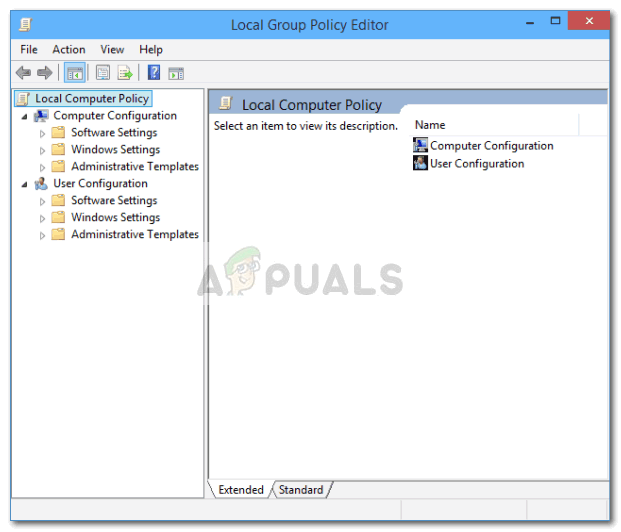
Similarly, if you are at C:\ and you type, CD C:\Win and press the Tab key, it will be auto complete C:\Windows for you, This is a very useful key and can be customized from the Registry. For example, if you type c:\prog in the command prompt window and then press the Tab key, it will be replaced with "c:\Program Files". Tab - auto-completes the file name or directory/folder name. You can navigate this list by using Up/Down arrow keys and press Enter to execute the selected command again: After that, the newly executed command will be added to the end of the command history and its position will be lost.į7 - shows your command history as a list. The Up and Down arrow keys store the position in the command history until you execute a new command. Every time you press the Up arrow key or F5, the command prompt will cycle through the previously entered commands one-by-one in the reverse order of input.ĭown arrow key - scrolls the command history in the order in which they were entered in one session, meaning, the down arrow key's order of cycling through commands is opposite to the Up arrow key. The command prompt stores a history of the commands you type in one session until you exit it. Up arrow key or F5 - returns to the previous command. They are as follows:ĬTRL + ↑ / CTRL + ↓ - Scroll line up or downĬTRL + PgUp / CTRL + PgDn - Scroll whole page up or down Specifying -w will cause the subl command to not exit until the file is closed.Windows 10 has default text editing shortcuts enabled in the command prompt window. To use Sublime Text as the editor for many commands that prompt for input, set your EDITOR environment variable: Or: %s Open the given directoriesįilenames may be given a :line or :line:column suffix to open at a specific location. To the terminal when a file is closed (only relevant if waiting for a file).įilenames may be given a :line or :line:column suffix to open at a specific h or -help: Show help (this message) and exit safe-mode: Launch using a sandboxed (clean) environment s or -stay: Keep the application activated after closing the file b or -background: Don't activate the application w or -wait: Wait for the files to be closed before returning a or -add: Add folders to the current window Or: subl - Edit files that may start with '-' The available flags will vary per operating system – the following example is from a Mac. To see the available flags, run subl -help. Most default PATH environment variable values should contain /usr/local/bin, so no further commands should be necessary. The exact details of the symlink command will depend on the installation location. Sudo ln -s /opt/sublime_text/sublime_text /usr/local/bin/subl If installing from a tarball, the sublime_text executable should be symlinked to subl, with a command such as: If Sublime Text is installed via one of the Linux Package Manager Repositories or a package, a subl symlink will automatically be installed into the /usr/bin/ directory.

If using Zsh, the default starting with macOS 10.15, the following command will add the bin folder to the PATH environment variable:Įcho 'export PATH="/Applications/Sublime Text.app/Contents/SharedSupport/bin:$PATH"' > ~/.zprofile

If using Bash, the default before macOS 10.15, the following command will add the bin folder to the PATH environment variable:Įcho 'export PATH="/Applications/Sublime Text.app/Contents/SharedSupport/bin:$PATH"' > ~/.bash_profile For a typical installation of Sublime Text, this will be located at /Applications/Sublime Text.app/Contents/SharedSupport/bin. To use subl, the Sublime Text bin folder needs to be added to the path.

If there is an existing value, add a before the Sublime Text directory. In the Variable value input, add an entry with the Sublime Text installation directory. Select, or create, the Path environment variable in the appropriate section:įor the current user, select Path in the User variables for sectionįor all users, select Path in the System variables section Click the button Environment Variables at the bottom of the System Properties dialog.Click on Advanced System Settings in the left-hand sidebar.Right-click on Computer and select Properties.
#Command line text editor for windows 10 windows 8
Show instructions for: Windows 10, Windows 8


 0 kommentar(er)
0 kommentar(er)
